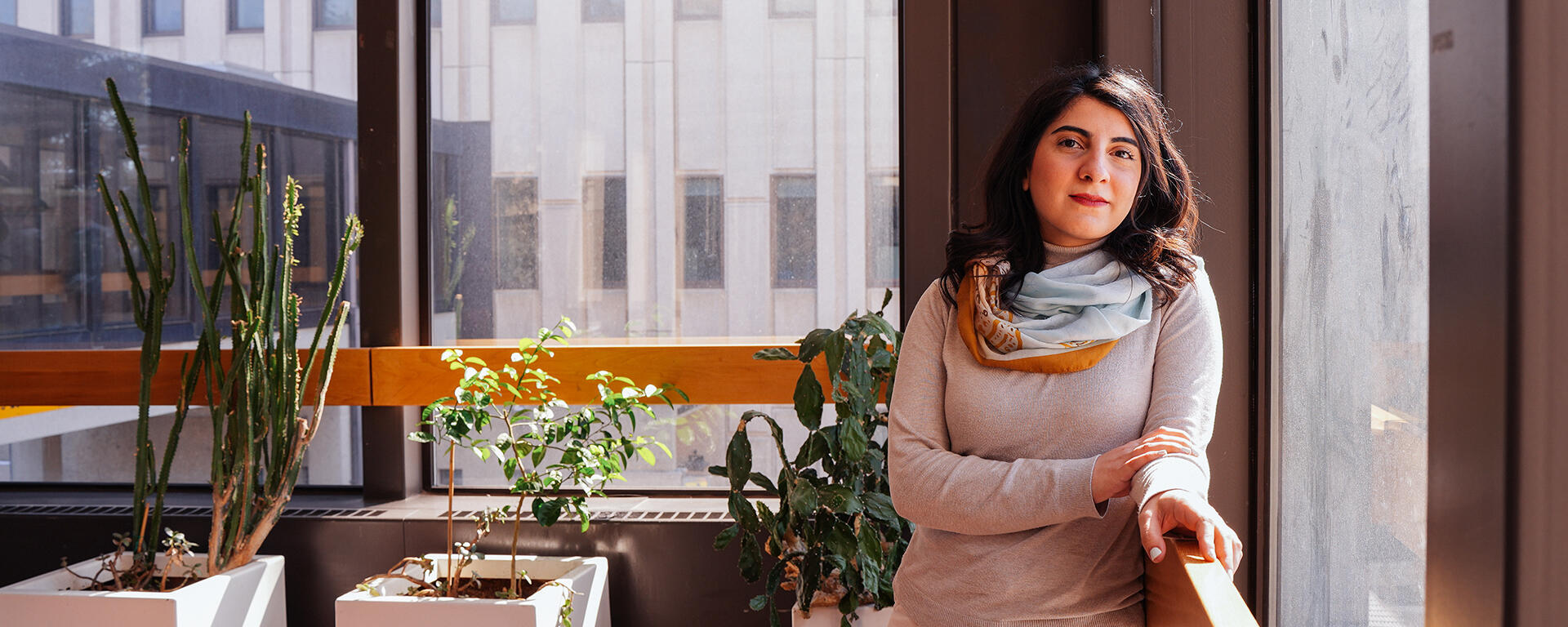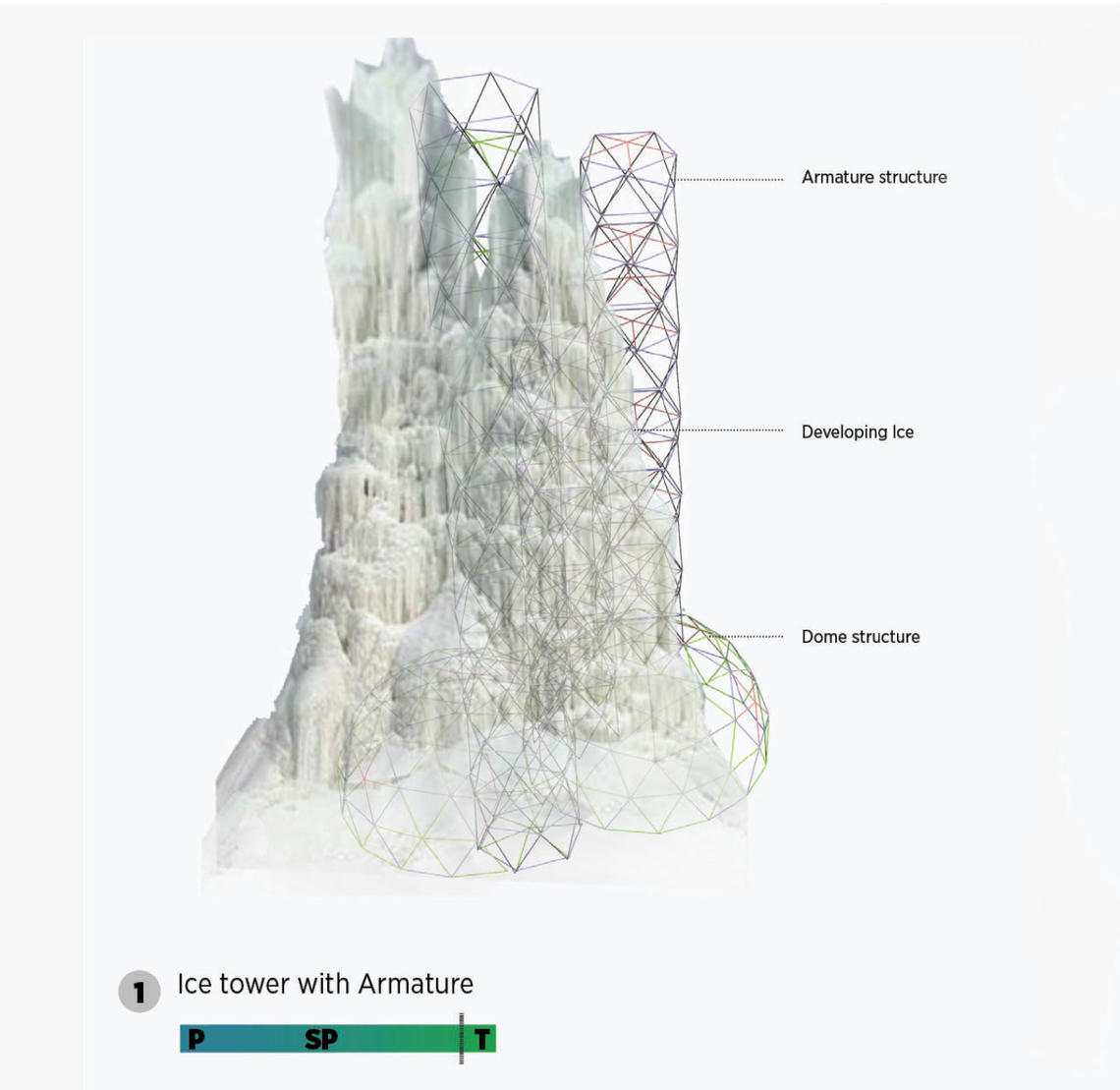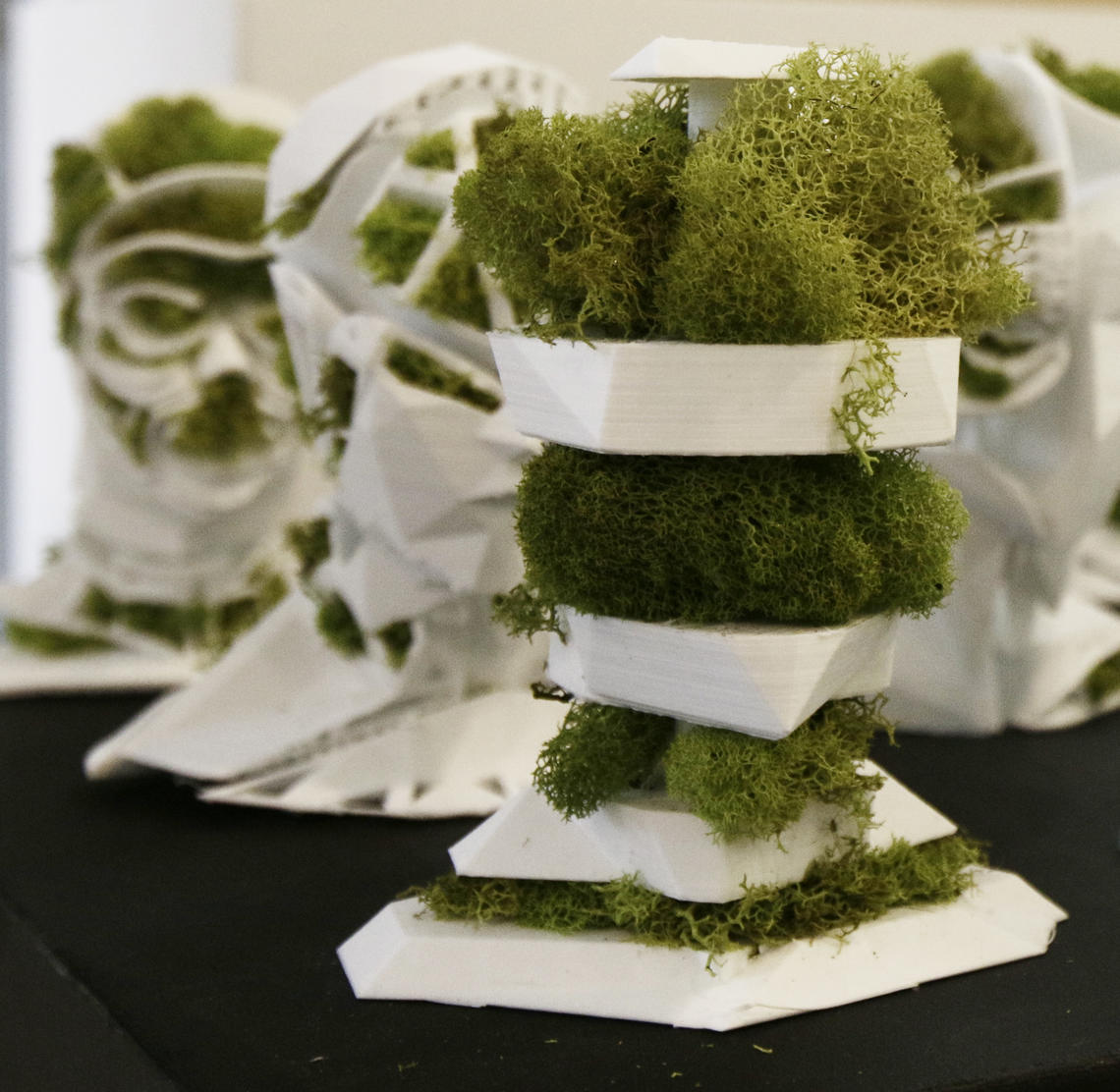
Master of Design Research (MDR)
Kiana Rasti envisions novel approaches to existing spaces through urban, environmental and economic lenses, using computational methods to explore new possibilities. How will you change the world?
SAPL's Master of Environmental Design (MEDes) program is now officially called the Master of Design Research (MDR). The new name reflects the post-professional, thesis-based nature of the program and its alignment with design-focused research across architecture, planning, and landscape architecture.
A post-professional master’s degree tailored to recent graduates of professional architecture, planning, or landscape architecture programs — those who want to develop an area of specialization early in their career. As a research-intensive, thesis-based degree, emerging professionals can pursue their education beyond their professional degree to develop an area of expertise or practice specialization that will enhance their CV, increase their value to prospective employers, and accelerate their career objectives.
Interested in learning more? Join us online for our info session: Register here
Program Structure
Format
The MDR is a 16-month program with a Spring or Fall start.
Supervision
Admission to the MDR is competitive as there is limited supervisory capacity and research areas. We can only offer admission to applicants who we can match with a supervisor. We don’t require applicants to have a confirmed supervisor upon application, however it’s strongly recommended to reach out to any professors whose research interests match yours. You will be asked to list the names of a few professors you feel are a good fit in your online application form.
Course Work
Required courses address fundamental principles and conceptual paradigms of design-based research. Courses establish the context in which students define their research project.
- APLA 670 Design Research Methods
- APLA 672 Design Research Writing
- APLA 674 Design Innovation
- Minimum 3 units of elective credit, course(s) selected in consultation with the supervisor
Thesis Details
- Thesis proposal approved by the supervisor
- Execution of thesis research
- Submission of a thesis document describing the research and its findings
- Satisfactory completion of the Thesis Oral Examination
For thesis format details, submission and other regulations and forms, visit Faculty of Graduate Studies.
Mitacs Accelerate Program
Students enrolled in the Mitacs Accelerate stream partake in a unique version of the MDR that partners students with leading design firms. Students split the time of their studies between a paid internship, courses, thesis-writing, and defense.
In the application, students should identify an area of interest within SAPL's broader research program, and after admissions, work under a faculty supervisor with aligned research. To establish the internship, the student, supervising professor, and organization develop a research project together. Internships are four months long and can be one or two terms.
Features Stories
Digital analysis + design = award-winning sculpture
Guy Gardner of UCalgary design lab tackles innovative commission on behalf of Calgary software firm.
Class of 2019: Students envision practical, low-carbon ways to build cities
Mitacs Accelerate program celebrates first graduates Seyi Arole, Kristen Forward and Hayden Pattullo.
Graduate Projects
NICK HAMEL
RECALIBRATING RUSTIC
GORDON SKILLING
MODULAR URBANISM
KRISTEN FORWARD
CONTEMPORARY ORNAMENT FOR CIRCULARITY
OLUWASEYI AROLE
PROCEDURAL PASSPORT
HAYDEN PATTULLO
DIGITAL FABRICATION FOR CONTEMPORARY MATERIAL SPECIFICITY
Message from the Graduate Program Director
The Master of Design Research (MDR) is a research-intensive degree that enables recent graduates of a professional architecture, planning, or landscape architecture degree to explore an area of expertise or practice specialization that will build their cv, increase their value to prospective employers, and accelerate their career objectives. The MDR typically involves 4-6 semesters of study and can be completed in two different formats. The first is 16-months of continuous study starting in the Spring term (to coincide with a spring graduation from a first professional degree program with graduation the following September. The second format extends the program over two years with a fall start.
Students in the 16-month stream typically undertake projects that contribute to one of the School’s larger industry-partnered research endeavors within the City Building Design Lab. They are also eligible to participate in the Mitacs Accelerate program, which pairs graduate research students with partner organizations for half of the duration of their degree program. The partner organization, the student, and the supervising professor develop a research project for the student to work on for one or two four-month paid internships. Students spend 50% of their time with the organization, and 50% with the university. Partner organizations are typically leading consulting firms interested in empowering their professional practice with leading design-based research.








